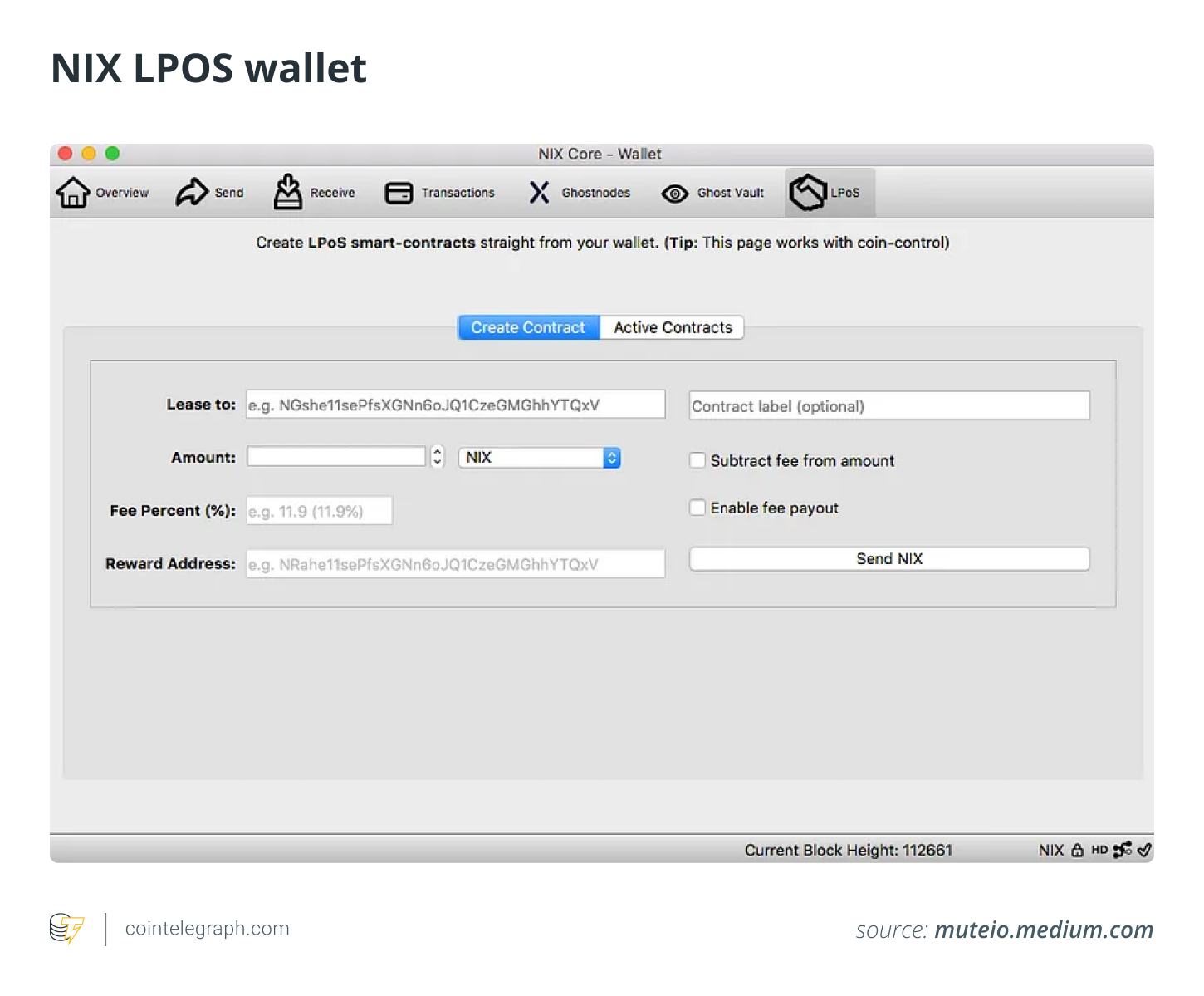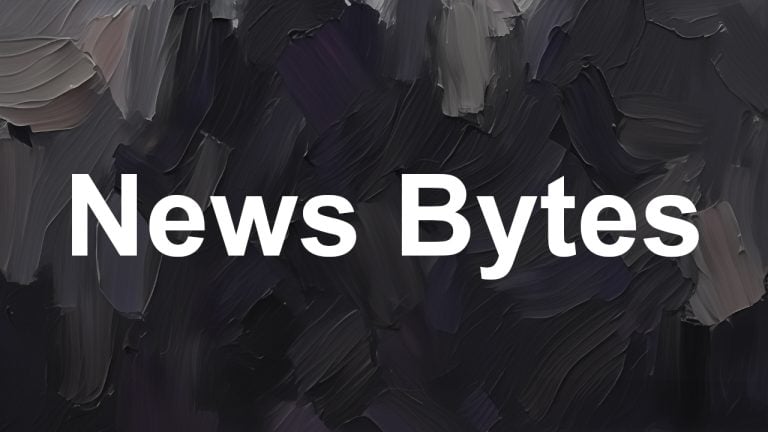
Leased proof-of-stake (LPoS), explained

This article provides a deep dive into leased proof-of-stake (LPoS), establishing how it works, its benefits, key features and its role in blockchains.
Understanding leased proof-of-stake
LPoS is a type of PoS meant to increase mining power, address inherent issues found in PoW, and improve other types of PoS, such as delegated proof-of-stake (DPoS).
Regular cryptocurrency users have probably come across the term proof-of-stake (PoS) when dealing with crypto staking, but what is leased proof-of-stake (LPoS), and is there a connection between the two?
Yes, they are related, as LPoS is simply a variant of the PoS system. Proof-of-stake is a key element of the blockchain consensus mechanism, where validators participate in staking to generate and validate transaction blocks.
Validators on proof-of-stake platforms typically have to stake more cryptocurrency to improve their chances of block generation, and here is where LPoS comes in handy. Tokenholders who don’t have the technical know-how or financial muscle can lease their tokens to validator node operators, enhancing the validator’s chance to receive the opportunity to create new blocks. In return, they will earn a share of the transaction fee paid to the validator.
In an LPoS environment, tokenholders can lease their stake or run a full node. However, the more tokens staked by a node, the better its chances of being selected to generate a new block. LPoS allows users to acquire the proceeds of mining without going through the mining process.
How leased proof-of-stake works
LPoS operates on the same premises as a lottery in that more stakes increase someone’s chances of winning rewards.
So, how does leased proof of stake work? The LPoS system follows a series of set processes:
- Create a lease transaction: Tokenholders lease coins to a node, specifying the amount and recipient address. Leases can be canceled at any time.
- Wait for block generation: Leased funds join a node’s pool, increasing the chance of winning the next-block lottery.
- Consensus participation: LPoS lets leasers join the consensus process; larger nodes have better odds of generating the next block.
- Generate blocks: Winning nodes validate transactions, compile them into blocks, and earn transaction fees as rewards.
- Share rewards: Node operators distribute rewards to leasers based on their investment, with higher stakes leading to more substantial rewards.
Please note that the leased tokens never actually leave the leaser’s hardware wallet and remain in total control of the tokenholder. The holder only links the chosen node(s) and doesn’t transfer the tokens to the said node.
No party can trade or transfer the tokens, including the holder. The holder can only transact or spend the allotted coins upon canceling the lease.
Key features of leased proof-of-stake
Some of the features of LPoS include decentralization, balance leasing, fixed tokens and scalability.
The main features of LPoS include:
Balance leasing
Leased tokens do not transfer to validators, nor can they be traded. Users can lease out their tokens and money from cold storage or wallets.
Decentralized
LPoS divides rewards based on the staked amount, doing away with the need for a mining pool. It’s also great for blockchain governance, as it uses a peer-to-peer protocol to prevent third-party intervention.
Unpredictable block generation
There’s no way to predict who will win the right to generate the next block. The only thing worth noting is that the bigger a node’s economic stake, the greater its chances of winning the right to generate the next block.
Fixed tokens
Mining does not add more tokens to LPoS, as the system only allows token leasing.
Scalability
Developers of LPoS prioritize high-on-chain scalability over second-tier apps.
Rewards
Other blockchain systems offer block token rewards, but LPoS issues transaction fees to reward successful node operators.
The role of LPoS in blockchain validation
LPoS is a type of PoS used to validate cryptocurrency transactions in a blockchain network.
LPoS utilizes nodes or network devices to verify and validate blockchain transactions. Node-based validation uses computational randomness, hinged on the financial stake of a node, to assign rights to validate blockchain transactions.
A PoS consensus algorithm relies on these factors to determine what node is best fit to validate transactions at any given time:
- Age of tokens: The longer the staked tokens remain unused on the LPoS platform, the better the chances of being selected to validate the next transaction. The instant the stake verifies LPoS transactions, its age resets to zero.
- Size of stake: The greater the stake, the better the chance of validation selection.
PoS uses passive cryptocurrency deposits rather than the raw computational power in mining hardware used in proof-of-work (PoW) systems, making PoS more resource-efficient than PoW.
Currently, two leading blockchains use LPoS. The first is the Waves blockchain, which uses the LPoS consensus algorithm to verify the blockchain’s state by allowing users to lease tokens to generating nodes and receive rewards distributed by these nodes. Finally, Nix utilizes a permissionless staking mechanism that allows users to stake through a different third-party wallet, with the third party responsible for the staking.

Benefits of leased proof-of-stake
The many benefits of LPoS stem from gaining rewards without actively trading, increasing your chances of receiving rewards by joining a larger node, and the inherent security features hard-baked into the LPoS process.
One can realize several benefits from engaging in LPoS:
Passive investment
Users can participate in block generation and receive some rewards without actually participating in the block-generating process.
Allows smaller investors to participate
LPoS protocols contain a minimum investment requirement for network participation. For instance, Waves only allows a node to participate in block generation if it has a minimum of 1,000 Waves (WAVES). Investors with less than this can lease cryptocurrency tokens to more prominent nodes for a chance at gaining rewards.
Difficult to manipulate
The LPoS generating balance rule calculates the lowest balance after considering leasing in the latest 1,000 blocks, thwarting manipulation attempts by moving funds between accounts.
Increases chances of winning rewards
The LPoS works in a way that rewards nodes with the most significant economic stake in the network. Therefore, leasing tokens to a bigger node increases the chances of receiving rewards than if the leaser decided to go solo.
Retain ownership
No one can trade or transfer the leased tokens (which won’t even leave the wallet), minimizing the chances of loss.
Low barrier to entry
It does not require mining hardware to participate in validation.
LPoS crypto mining alternatives
Alternatives to LPoS that utilize PoS include delegated proof-of-stake, pure proof-of-stake and proof-of-validation.
While technically not a way to mine cryptocurrencies, PoS allows users to validate transactions and create new blocks on a blockchain. LPoS enables users to lease crypto tokens to nodes that validate LPoS transactions.
Several alternatives to LPoS allow users to make use of the PoS consensus mechanism:
Delegated proof-of-stake (DPoS)
Users can delegate the production of new blocks to delegates or witnesses through a democratic voting system, with votes weighted by the number of tokens held on a platform.
Pure proof-of-stake (PPoS)
This one is mainly used by the Algorand blockchain for the development of decentralized applications (DApps). Users can cast their votes to select representatives who vote on proposals and propose new blocks.
Proof-of-validation (PoV)
This aims to achieve consensus through staked validator nodes. The number of tokens staked with each validator determines the validator’s voting numbers. When a validator with a minimum of two-thirds of the network’s total voting submits a commit vote on a block, that validates the new block.
Hybrid proof-of-stake (HPoS)
Some LPoS protocols leverage the power of PoS and PoW. They use PoW to create new block housing transactions and use PoS to validate the blocks.
Go to Source
Author: Tanuj Surve









